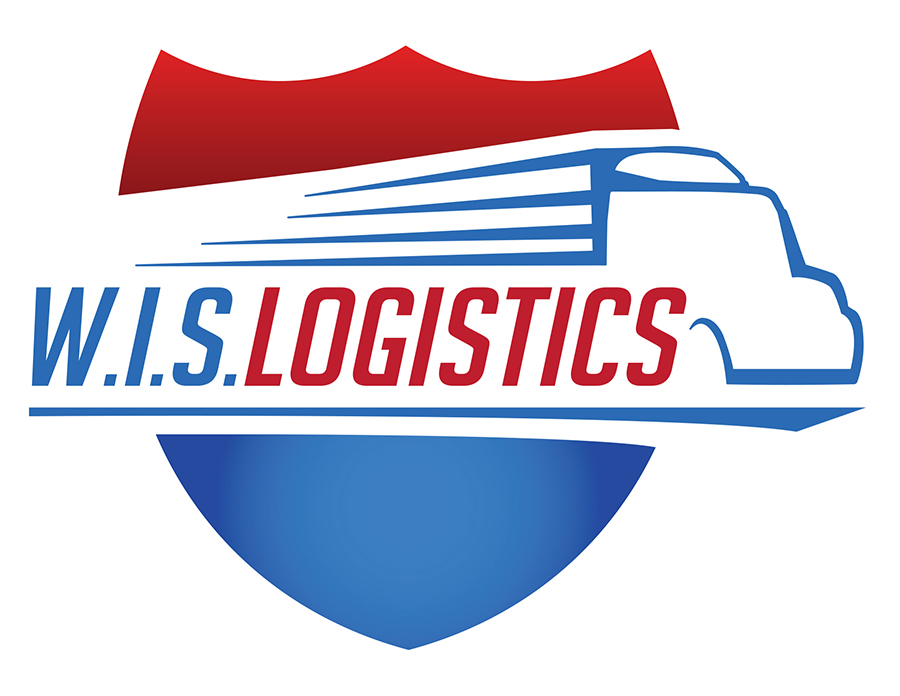The trucking and logistics industry is full of its own jargon and acronyms. Without knowing the definitions behind the words being used, it’s safe to presume a person can become confused, or unsure of the quality of service being provided. As part of our commitment to transparent communication, we comprised a list of some of the most common industry-terms you might hear and their definitions.
Third Party Logistics (3PL)— W.I.S. Logistics operates as a 3PL company. A 3PL business is an outsourced partner that manages some, or all, aspects of a supply chain to streamline the workflow of freight delivery. Typically, a third-party logistics provider would cover any or all of these three major types: transportation, financial and information or warehouse and distribution. This can provide the opportunity for scaling, lower costs and better customer experiences.
Application Programming Interfaces (API)— APIs allow for multiple applications with different functions to exchange data and information with each other. They create automated workflows that can eliminate the need for manual input. Additionally, they can be customized for personalized user and customer experiences. In logistics, these can help with tracking, sharing data, booking shipments, facilitating communication between customers and drivers and more.
Over the Road/Over the Road Trucking (OTR)— OTR distinguishes a method of shipping via semi-truck, that is usually full (see our blog on LTL shipping). Over the Road Trucking also can mean a truck driver that has no designated or routine routes—rather, they are long-haul drivers that travel anywhere to deliver their freight. The freight load is typically under one driver through its entire route, though it’s not uncommon to see two-person OTR teams. These drivers spend longer times away than regional or local truck drivers, and carry all types of freight including heavy machinery, construction materials and consumer goods.
Bill of Lading (BOL)— Not to be confused as an invoice or receipt, a BOL is a legal-binding document between a shipping provider and a carrier that outlines information needed to process a freight shipment. This document protects the seller, the shipper and the recipient. If there is a problem in delivery, the BOL can help determine where the issue occurred. BOLs can be classified as evidence of partnership, evidence as to receiving goods in satisfactory condition and as evidence in title to the goods.
Over, Short and Damaged (OS&D)— OS&D are claims filed for reimbursements for three reasons: overage of quantities compared to the shipping documentation, shortage of quantities reported on the BOL, or products that are damaged. This is why the BOL is so important to both the carrier, shipper and seller. A shipper can have up to nine months to file an OS&D claim to receive reimbursement, but it does not exempt a shipper from the freight bill. However, certain claims are covered by an amendment that include natural disasters, improper packaging or loading, terrorism or government interferences.
Proof of Delivery (POD)— A POD provides commercial record and evidence for invoicing, and is key for documenting customer claims. This produces a record of delivery that is part of the invoicing process to ensure there is an agreement on what was delivered, and the final financial settlement. This is done either through electronic signing (ePOD) or via traditional customer signature on physical documents.
Transportation Management Software (TMS)— TMS is a technology platform that helps logistics companies optimize the movement of incoming and outgoing goods. These programs provide visibility into transportation operations, documents, compliance and more to ensure the timely and safe delivery of freight. TMS systems aid in streamlining and strengthening the shipping process for businesses, which can lead to better customer satisfaction.
International Organization of Standardization (ISO)— This autonomous international organization establishes criteria and requirements for quality in every operational aspect for various industries. In logistics, an ISO certification assures customers that your logistics provider is trained and committed to provide a framework of quality care and execution. It is a lengthy process to become certified and requires many audits.
Reverse Logistics (RL) — Reverse logistics is extremely important when it comes to supply chain. RL deals with the return of any supplied goods to an inventory—either returned by the end-user, disposal or recycling, unsold goods, repairs and more. With the rise of ecommerce, a company’s dedication to efficient Revers Logistics is key to success.
As an industry leading 3PL company, you can be reassured that when you partner with W.I.S. Logistics, you’re receiving the best communication and service every time. Instead of getting overwhelmed learning about logistics acronyms, you can speak to one of our logistics experts that can help make the process (and the jargon) easier to understand. Contact us today to learn more.
